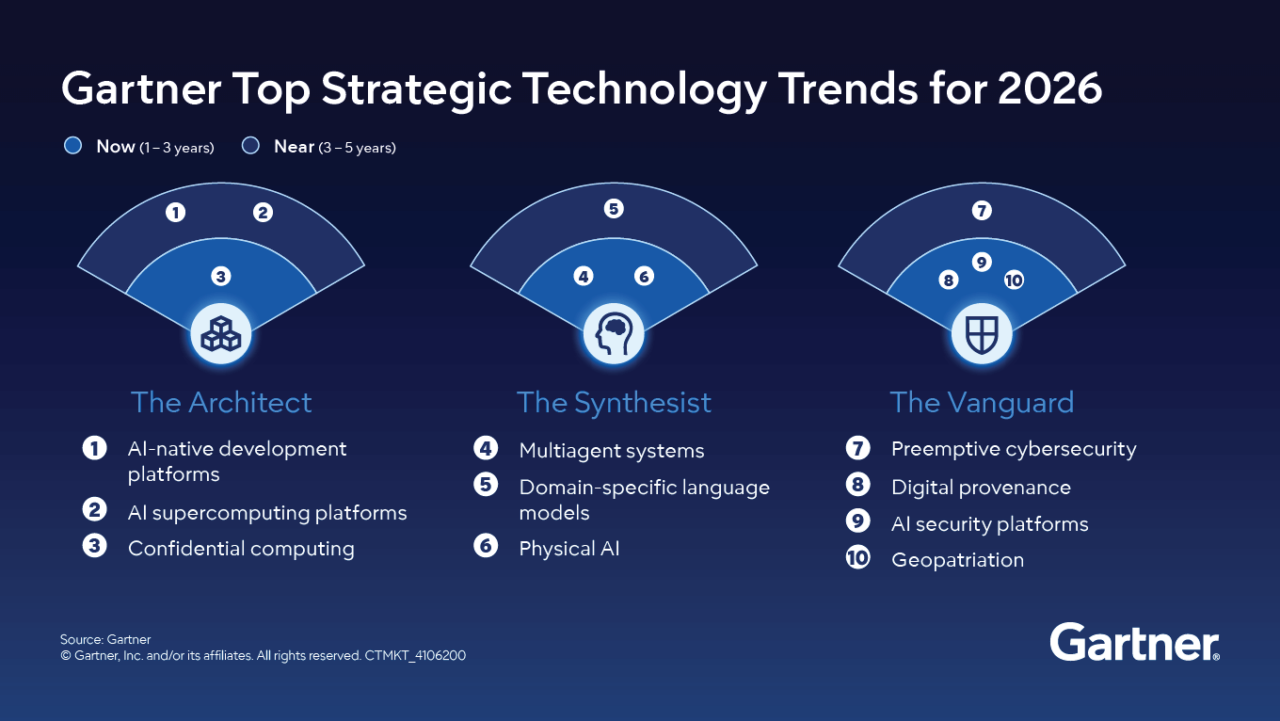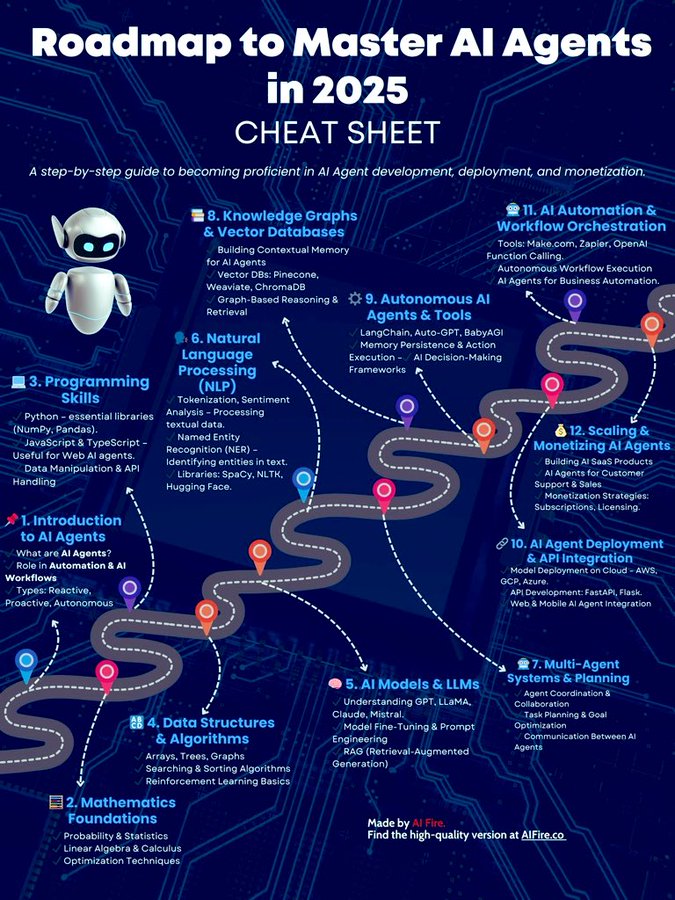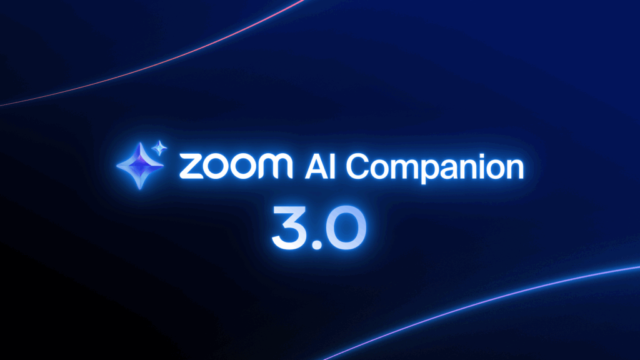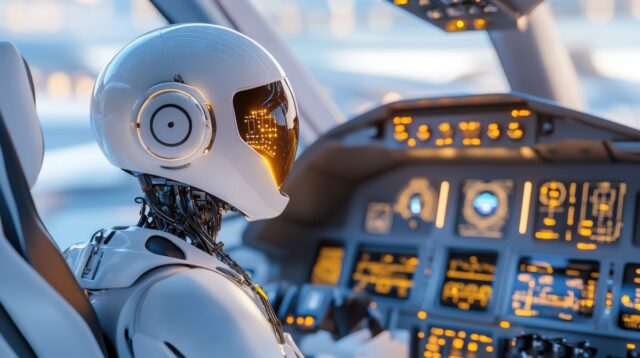October 21, 2025
Gartner’s Top 10 Strategy Tech Trends Hinge on AI and Impact CX

Research firm Gartner’s analysts have been playing with their crystal ball for a look into tomorrow’s must have tech features. In a move that will surprise no one, the latest list of technology trends for 2026, directly or indirectly, rely on AI as drivers for business growth.
The theme centres around AI being no longer optional or a test-bed. It offers value and disruption as a key tool for CIOs to build resilient foundations, orchestrate intelligent systems and protect enterprise value.
While Gartner’s focus is on the executive and IT suite, each technology will trickle down into the customer and employee experience at some level. And all companies tinkering or going full-bore in to AI tools, must remember their impact on individuals, the need for feedback loops and explaining to non-technical customers or roles is a vital part of delivery.
AI With Everything
These 10 trends reflect how leading organizations are responding to complexity and opportunity in an AI-powered, hyperconnected world:
- AI-Native Development Platforms
- AI Supercomputing Platforms
- Confidential Computing
- Multiagent Systems
- Domain-Specific Language Models
- Physical AI
- Preemptive Cybersecurity
- Digital Provenance
- AI Security Platforms
- Geopatriation
Looking to the Gartner AI-Powered Future
Shown off at the 2026 Gartner IT Symposium/Xpo, Distinguished VP Analyst Gene Alvarez and VP Analyst Tori Paulman break down the technologies into three stages.,

The trends are all interlink and reflect a reality where no single capability is enough. Gartner organizes them into three themes that define how leading organizations will innovate, compete and protect value: The Architect, The Synthesist and The Sentinel.
While they will all impact CX and EX, as highlighted in a previous story on AI’s use cases for CX improving the customer experience, the following will more directly support and protect CX tools and processes:
- Confidential Computing protects sensitive data while in use, enabling secure AI and analytics across untrusted infrastructure.
- Multiagent Systems allow modular AI agents to collaborate on complex tasks, improving automation and scalability.
- Domain-Specific Language Models deliver higher accuracy and compliance for industry-specific use cases.
- Physical AI brings intelligence into the real world — powering robots, drones and smart equipment for operational impact.
- AI Security Platforms centralize visibility and control across third-party and custom AI applications.
- Geopatriation helps organizations mitigate geopolitical risk by shifting workloads to sovereign or regional cloud providers.
Protecting People, Data and Compliance
Outside of the Gartner universe, a more practical cheat sheet published recently shows how and where AI agents can fit within your business processes.
While Gartner is focused on the enterprise space, the trickle down effect and increasing speed of AI adoption means it won’t be long before any business can adopt these AI features and wrangle them into use. Notably multiagent systems and domain LLMs will support those with wide digital footprints and complex terminology and rules.
And the cybersecurity, provenance and geopatriation will affect all businesses at some level as changing legislation and geopolitical tensions see greater need for data protection.
You can read more on the trends and related research here. Can your business live without these features today? Probably. But, by the end of 2026 and toward the end of the decade, they will all play a greater part, All likely delivered within your current productivity tools and apps.




